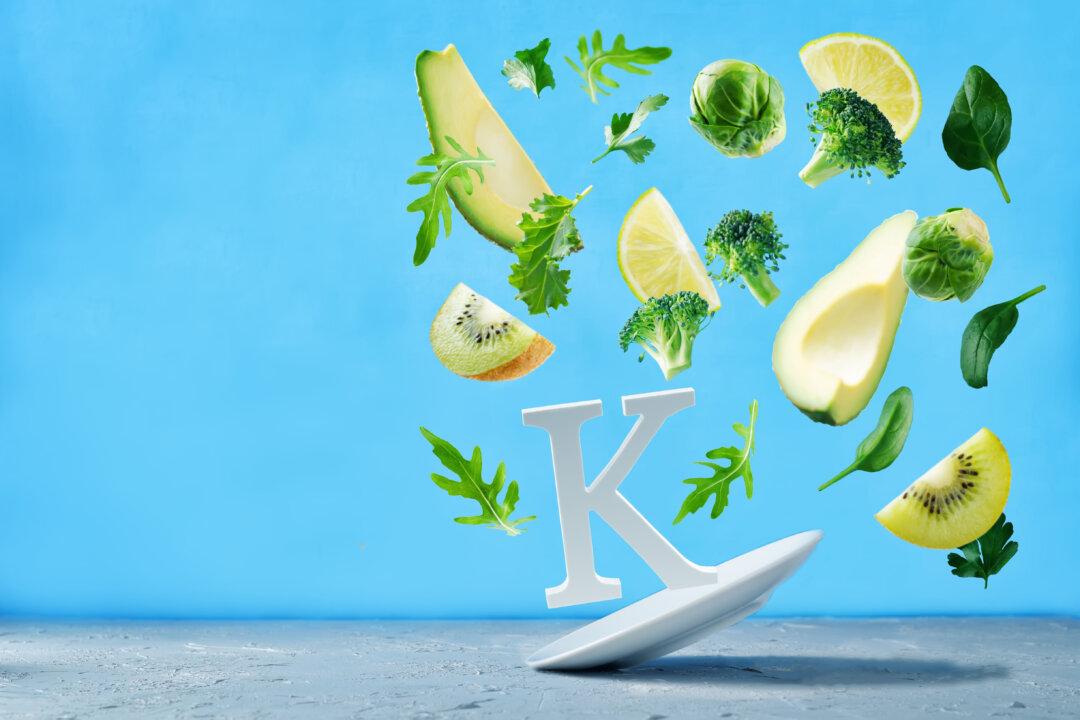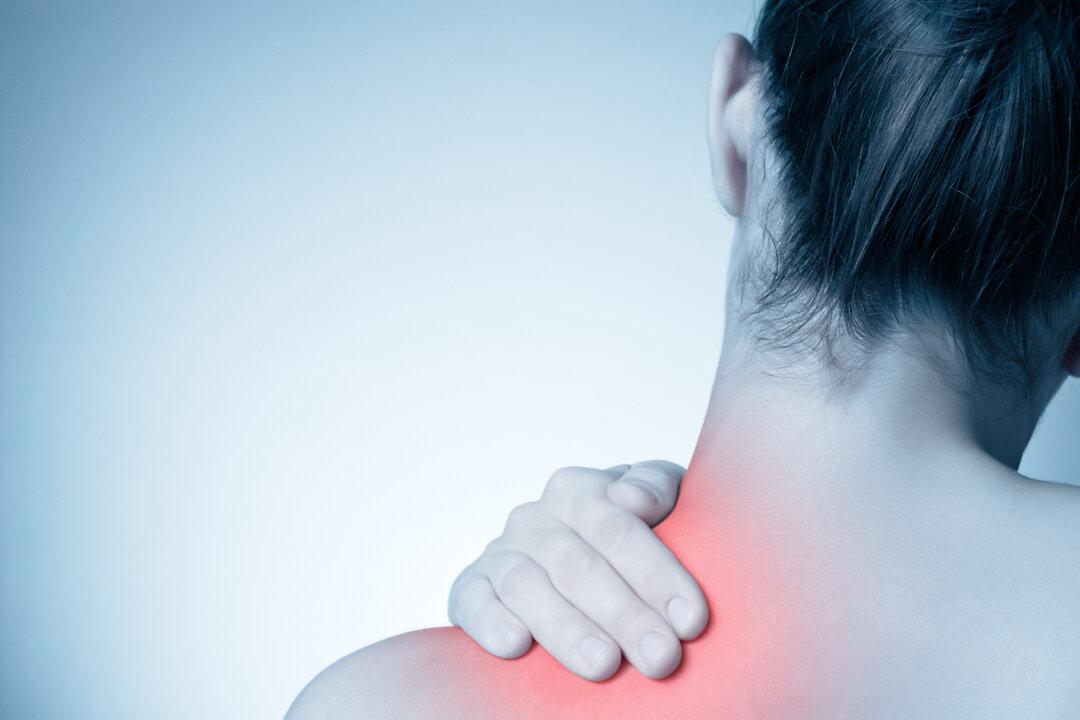Thanks to popular wisdom, we tend to consider animal protein our muscle-building dietary MVP.
High-animal protein weight loss diets are still a craze while plant protein from vegetables, legumes, nuts, and seeds is considered a “second string” source. But as usual, popular wisdom only gets part of the story right.






